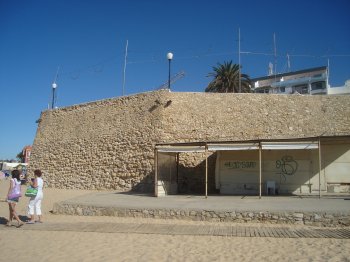Explore the best places
Heritage in Portugal
Grutas de Lapas
- heritage
Largo das Catacumbas
2350, Torres Novas
This is a set of artificial caves, initially open to exploitation of stone. Here archaeological objects were found which may have originated from the Neolithic to the Roman era.
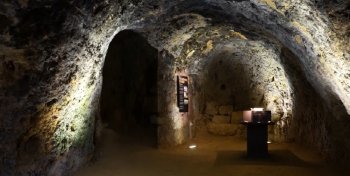
Igreja da Misericórdia de Torres Novas
- heritage
Largo General Baracho
2350-757, Torres Novas
The original temple, target of modifications in the 17th and 18th centuries, only a Manueline door and a cruise. The side porch, dating from 1670, is flanked by four ionic columns. Deserves reference to tiling, the talha, the 17th-century paintings, caissons from the ceiling, the seventeenth-century Nativity scene and screens.
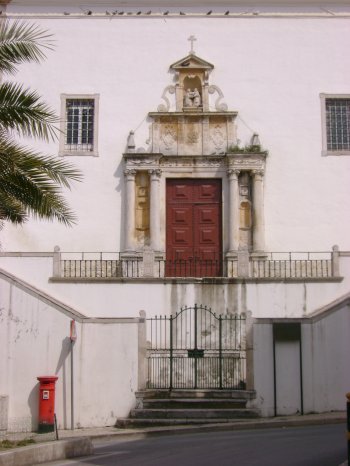
Ruínas Romanas de Vila Cardílio
- heritage
Rua Cardílium
2350, Torres Novas
The Roman ruins of the Vila Cardílio are some of the traces from the Roman presence in this area. To mention are the polychrome mosaics showing the effigies and the owner’s names, Cardílio and Avita. The occupation time must have been between the 1st and the 4th centuries d.C.
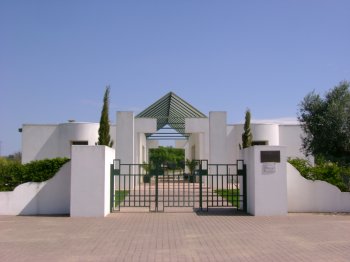
Castelo de Torres Novas
- heritage
Rua General António César de Vasconcelos Correia
2350-421, Torres Novas
Castle built during the reign of Dom Sancho I, under the ruins of an older fortification. In the reign of Dom Fernando underwent restoration and, in 1755, suffered a lot of damage with the earthquake. Later, the French invaders left the castle in a State of great disrepair, which evolved into the State of total abandonment. Nowadays, preserves some towers of 14th century, including the donjon. The room of the castle is transformed into a garden and is a pleasant place of leisure.

Museu Municipal Carlos Reis
- heritage
Rua do Salvador, 10
2350-415, Torres Novas
An exhibitions of religious art work and paintings by Carlos Reis.
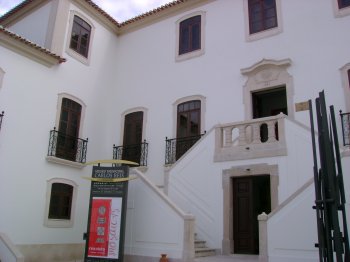
Ponte de Silves
- heritage
Ponte Romana
8300, Silves
Roman bridge built over the widest point of the river Arade. The bridge is only suitable for pedestrian crossing and features five round arches. Medieval bridge whose construction dragged on for several years and which has been subject to several rebuilding episodes.
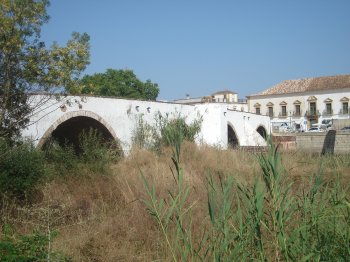
Museu João de Deus
- heritage
Rua Doutor Francisco Neto Cabrita, 1
8375-124, São Bartolomeu de Messines
A museum composed of the museum itself, a library, a multimedia area, a play space and a multi uses room. The museum pictures the days when João de Deus lived. One may view reproductions of the life and works of that poet and professor. The multi uses room is destined to theatre, dance, concerts, recitals, exhibitions, conferences, workshops and literary reunions.
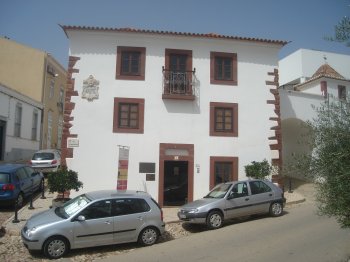
Museu Municipal de Arqueologia de Silves
- heritage
Rua da Porta de Loulé, 14
8300-139, Silves
A space created in 1990 by the Silves Town Hall that exhibits archaeological finds from the region and from the town itself. It is located in a 19th century house where a water reservoir was discovered that is now the heart of the museum. Ordered chronologically, the collections deal with prehistory, the roman period, the moorish period nd the Portuguese period (until the 17th century). A special note to some Iron Age funerary stellas with writings of the southwest of the Iberian peninsula, considered to be the first written form in the region.

Igreja Matriz de São Bartolomeu de Messines
- heritage
Rua do Arco, 3
8375-145, São Bartolomeu de Messines
Temple built in the 16th century, during the transition period between Manueline and Renaissance style. It has an interesting baroque façade, added at a later date, with white walls and masonry work in red sandstone. The slender pulpit and corresponding access staircase, built with local marble, is a small baroque masterpiece. The church also possesses a valuable set of religious statues from the 16th to the 18th century. Of this collection special mention goes to the statues dedicated to the Virgin.
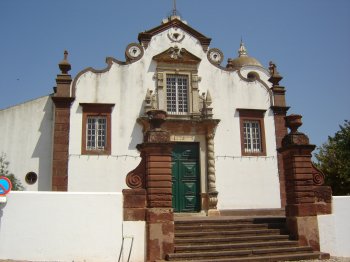
Fortaleza de Armação de Pêra
- heritage
Largo da Fortaleza
8365-108, Armação de Pêra
The fort was built mainly to defend this site and its people. People used to travel here from Alcantarilha (the capital of the parish) in order to fish and engage in other piscatorial activities and therefore needed some protection. A chapel dedicated to the fort's patron saint was built inside the fortress in 1972, nowadays it is known as Capela de Nossa Senhora dos Aflitos (Chapel of Our lady of the Distressed).
